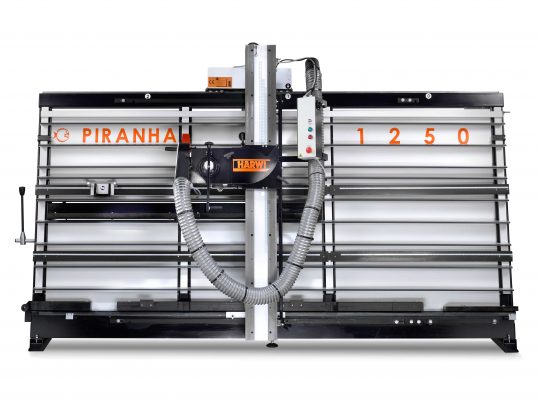Wallsaws
Wall saws are powerful and essential tools designed for cutting through hard materials such as concrete, brick, and stone. They are commonly used in construction, renovation, and demolition projects where precision and accuracy are key. Here’s why they are an invaluable asset for both professional and industrial purposes:
What Is a Wall Saw Used For?
A wall saw, also known as a track saw, is primarily used for making accurate and deep cuts into vertical surfaces like walls and ceilings. Wall saws are typically employed in tasks such as:
- Creating openings for windows, doors, or ventilation systems.
- Cutting reinforced concrete during building renovations or demolition.
- Precision cutting of large slabs of concrete or masonry.
- Controlled demolition where accuracy and minimal structural damage are essential.
Key Features of Wall Saws
- High-powered motors for cutting through thick and dense materials.
- Diamond blades that provide efficient and clean cuts through concrete and other hard surfaces.
- Track system to ensure straight and precise cuts, reducing the likelihood of errors.
Why Choose a Wall Saw?
Wall saws offer a range of benefits, including:
- Precision: The track-mounted blade ensures that cuts are accurate and straight, essential in structural work.
- Depth of cut: Wall saws can make deep cuts, allowing professionals to cut through thick walls with ease.
- Efficiency: These saws are designed for heavy-duty tasks, reducing the time and effort needed to cut through materials like concrete.
Types of Wall Saws
There are two main types of wall saws:
- Electric Wall Saws: Suitable for indoor use and environments where fume emissions need to be controlled.
- Hydraulic Wall Saws: Known for their power and durability, hydraulic models are ideal for larger and more demanding projects.
Wall Saw Applications in Woodworking
Though primarily designed for cutting hard materials like concrete, specialized wall saws are also available for woodworking applications, where precision cuts are needed on wooden walls or large panels.
Wall saws are indispensable tools in construction, renovation, and demolition, offering precision, power, and efficiency. Whether you’re cutting through concrete walls or preparing spaces for new installations, a wall saw is a must-have for any professional working with hard surfaces.
If you’re looking for reliable, high-performance wall saws, check out the range available at TWS Wood to find the perfect tool for your next project!
Showing the single result
What is a Wall Saw?
A wall saw is a specialized power tool used for making precise, deep cuts into vertical surfaces such as walls, ceilings, and floors. It is primarily employed in construction and demolition projects to cut through hard materials like concrete, brick, and masonry. Wall saws are typically track-mounted, allowing for straight, accurate cuts that are essential in tasks like creating door or window openings. The saw uses a diamond-tipped blade, which can cut through reinforced concrete and other tough surfaces with efficiency and minimal damage to the surrounding structure.
Key Applications:
- Cutting concrete walls and ceilings.
- Creating openings for windows, doors, and ventilation.
- Controlled demolition.
What is a Vertical Saw?
A vertical saw, often referred to as a panel saw, is a large machine used for cutting large panels of wood, plastic, or metal. Unlike table saws, which operate horizontally, a vertical saw operates with the material standing upright, allowing for the cutting of large sheets with ease and precision. These saws are commonly used in workshops, carpentry, and industrial settings where sheet goods like plywood or MDF are cut regularly.
Benefits:
- Saves space in the workshop by operating in an upright position.
- Easier to handle large panels compared to traditional horizontal saws.
- Provides precise cuts for large, flat materials.
Both wall and vertical saws are highly specialized, with the former designed for heavy-duty cutting of hard materials and the latter for woodworking and industrial applications.


